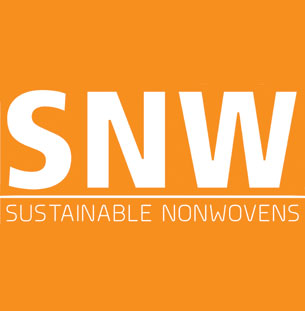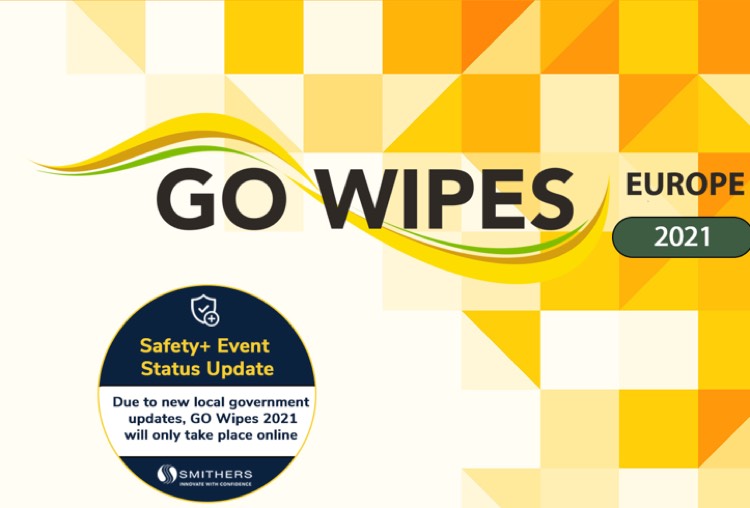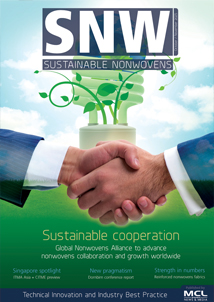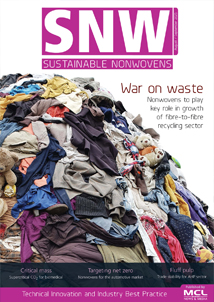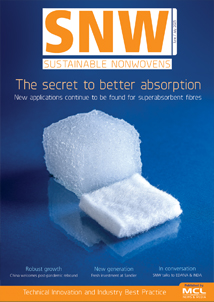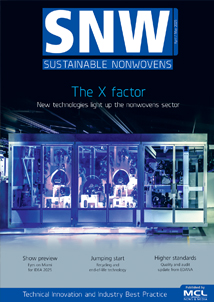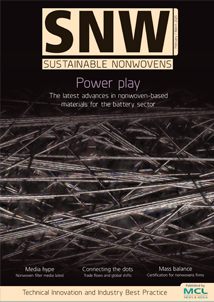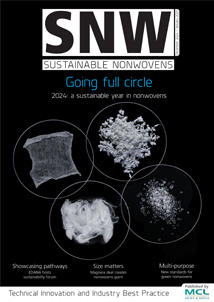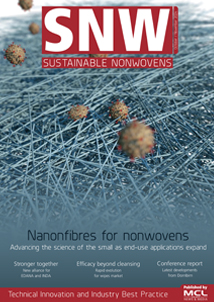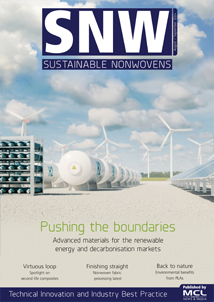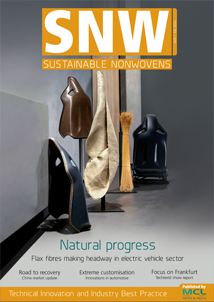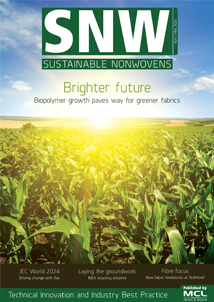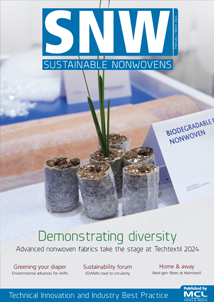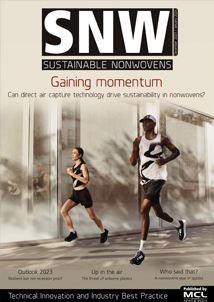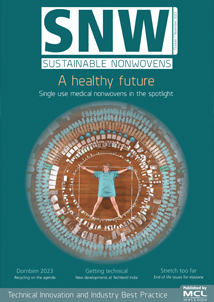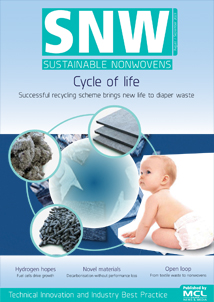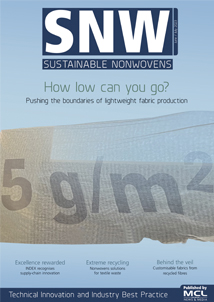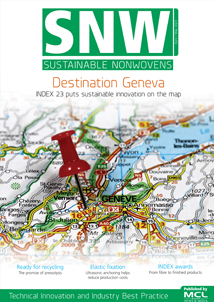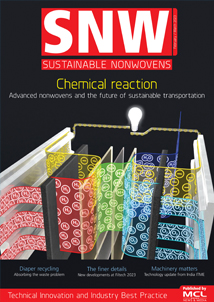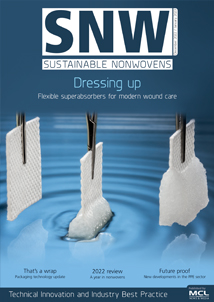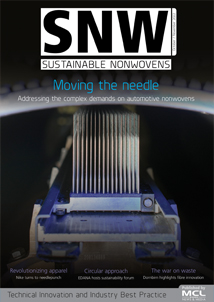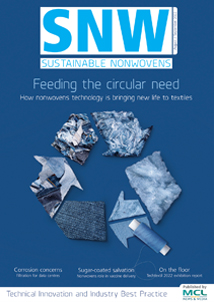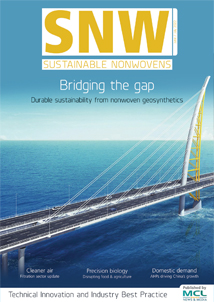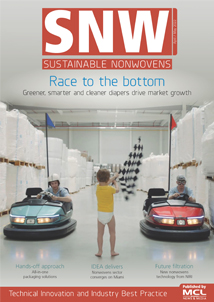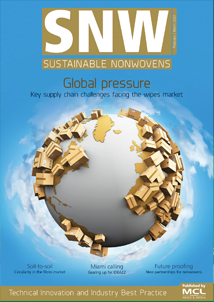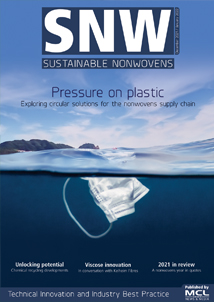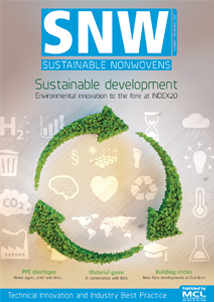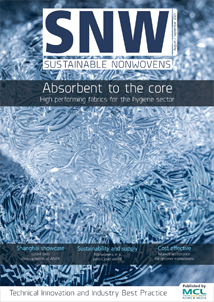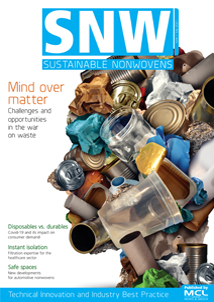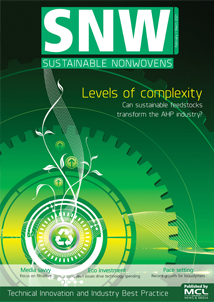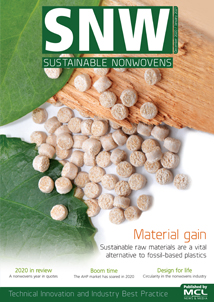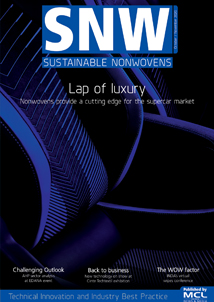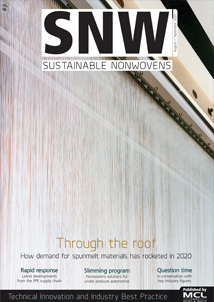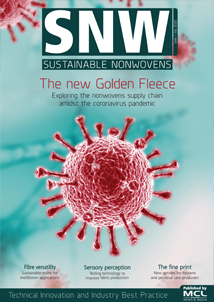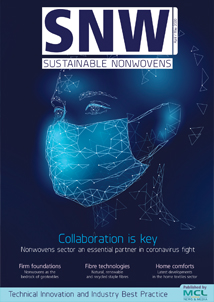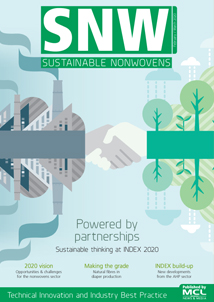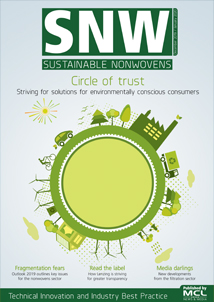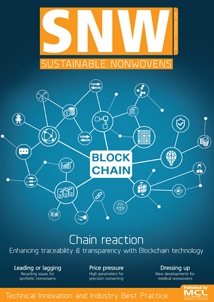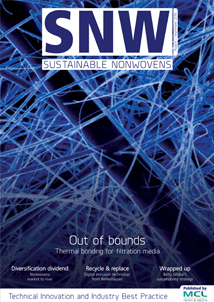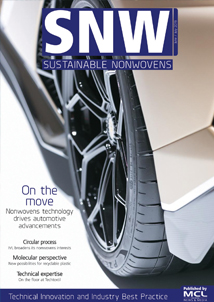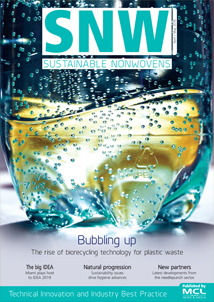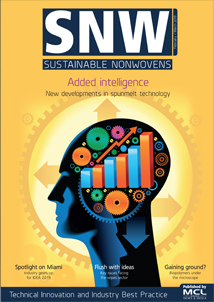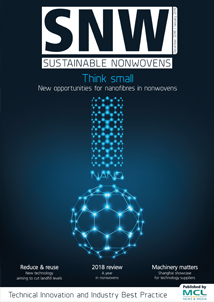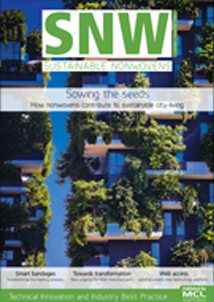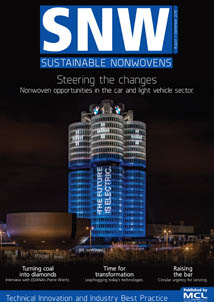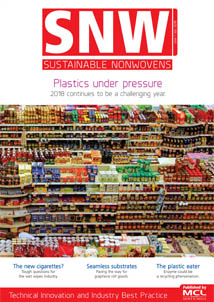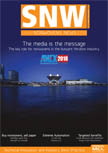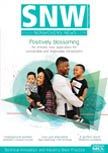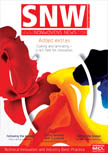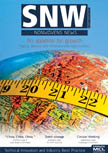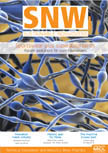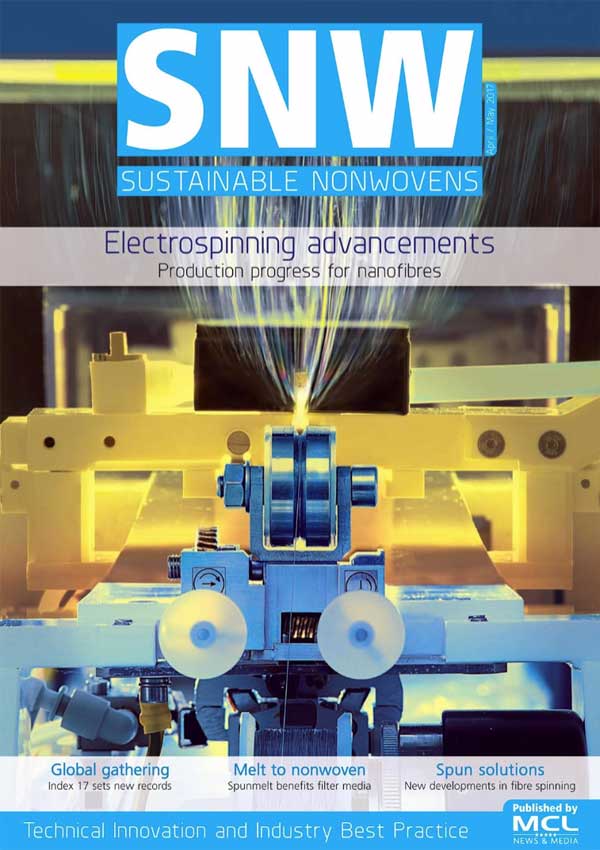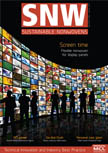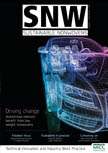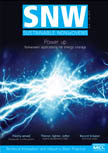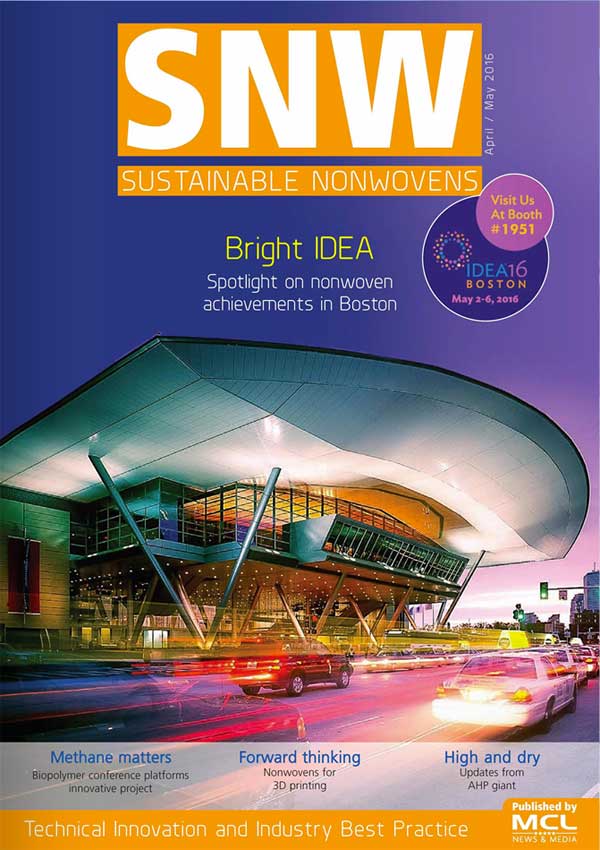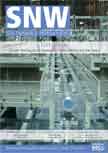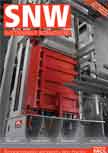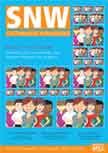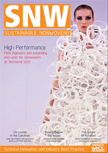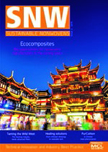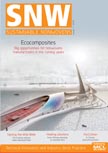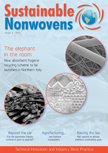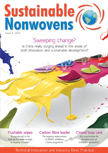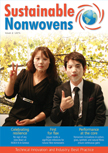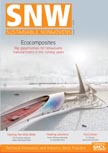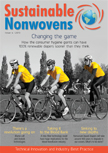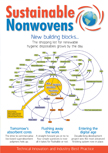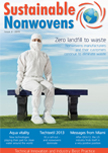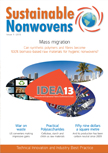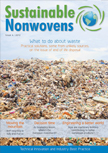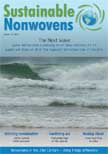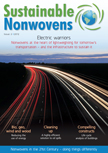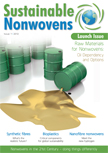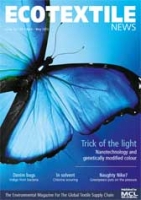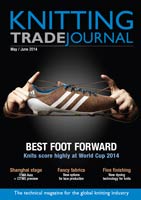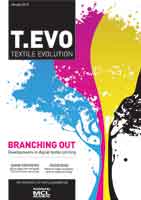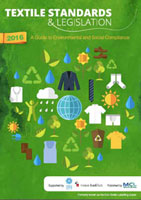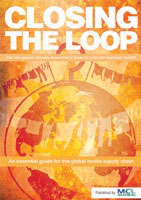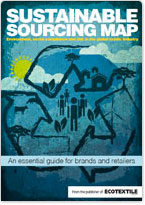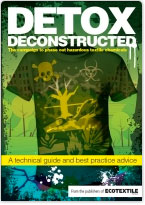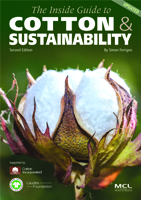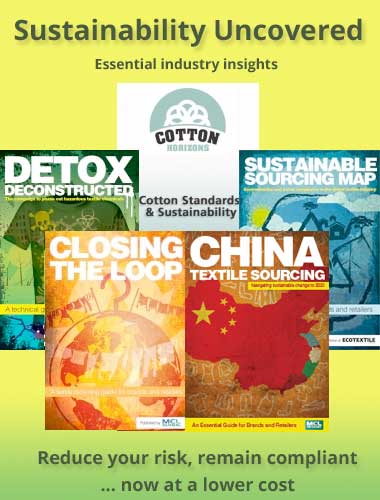AMSTERDAM – Around 1.5 million tons of nonwovens will be used in wipes during 2021, with a value of $20.6 billion, according to Phil Mango, consultant with Smithers.
Opening the organisation’s Go Wipes conference, originally scheduled to take place in Amsterdam but reverting to online on December 13 and 14th, he spoke of the surge in sales of disinfecting and other wipes categories in response to Covid-19 and the slowdown in others such as food service. The pandemic caused severe supply chain disruption, which Mango said was still most likely around a year away from being resolved.
The European Union’s Single Use Plastics Directive is meanwhile driving materials development and leading to strategic materials stockpiling and regional bias in the production and converting of certain wipes, incentivised by governments.
Spunlace is the fastest growing production route in this market and wood pulp the fastest-growing material. The capacity for new flushable wipes still exceeds demand but the gap is starting to close.
Zooming in on the European market, Mango said that 518,700 tons of nonwovens would be used in wipes in 2021, rising to 700,000 tons in 2026, with the market growing from a value of $6.7 billion to $9 billion. There is currently a certain oversupply of spunlaced and airlaid nonwovens in Europe, as well as in Asia, which impacts on European pricing.
In specific categories, baby care remains the largest segment but also the flattest in terms of growth in Europe, while household care disinfecting wipes benefited the most from the Covid-19 pandemic. Moist toilet tissue is poised to grow from 25,000 tons in 2021 to 45,000 tons in 2026.
Examining the various routes to the production of plastic-free wipes, Mango said there were still deficiencies in terms of the cost of many of these products and their wet strength and hand feel.
Production routes include the spunlacing of carded/carded (CC) viscose and cotton, carded/pulp/carded (CPC) and carded/airlaid/carded (CAC) viscose, cotton, wood pulp and other fibres, hydroentangled airlaid and wetlaid materials, and carded/wetlaid pulp.
Two other routes that could become significant in the next few years are the Lenzing Web process for spunlaid cellulosics and the use of PHAS, which are currently defined as plastics under the EU’s SUPD definition but are both extrudable and biodegradable even in marine environments.
In summarising the key supply chain changes for the wipes market to 2026, Mango said there would be a continuing regional bias and strategic material stockpiling of both raw materials and nonwovens.
“Difficulties in transportation, which has become much slower and much more expensive, call for increased communication and planning, along with improved AI systems and larger inventories,” he said.
In raw materials, there are still some major supply chain anomalies, he added, such as the absence of viscose production in North America and of fluff pulp in Asia.
